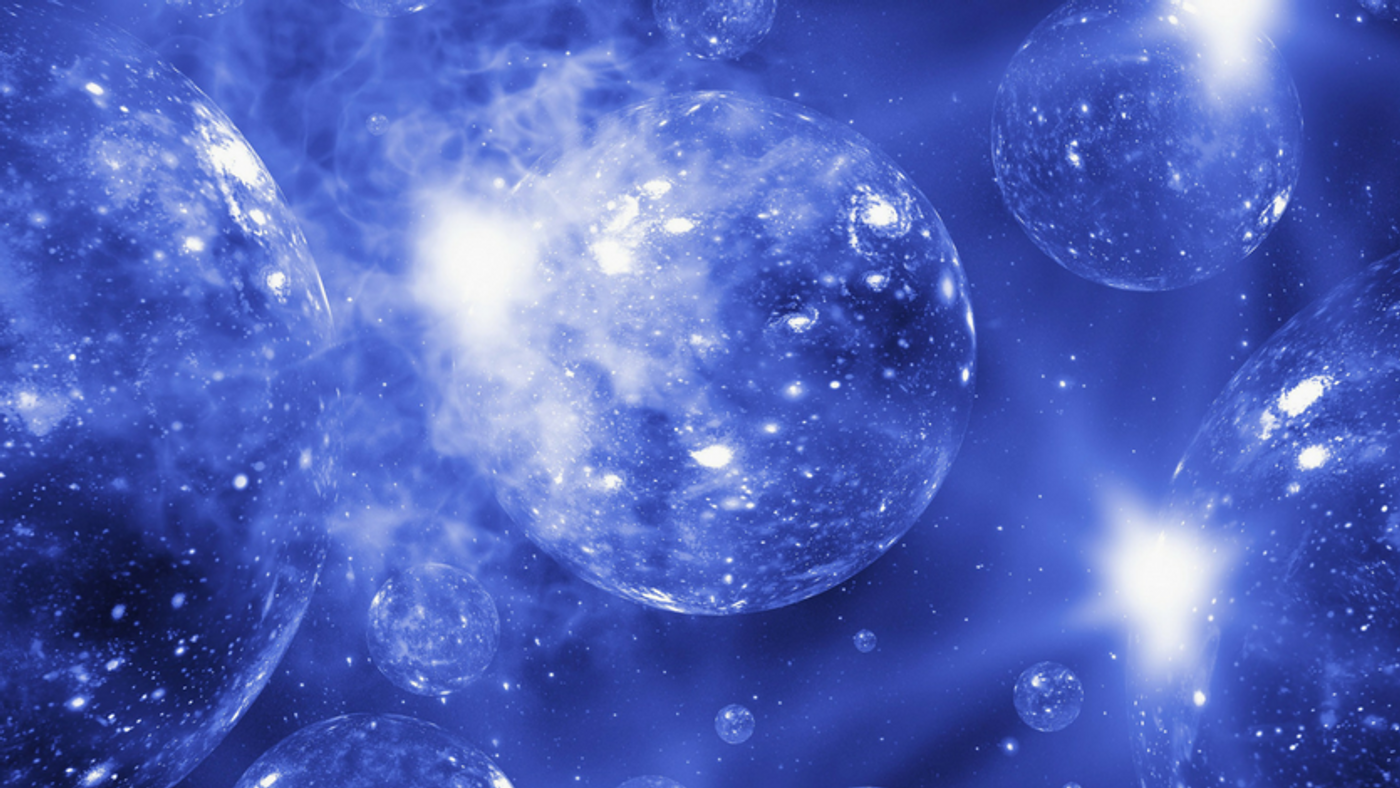Hawking's Final Work Simplifies the Multiverse
In the few months before his passing, the legendary physicist Stephen Hawking was working with Prof Thomas Hertog from KU Leuven on a revised theory of the origin of the universe. Considered Hawking’s finale to physics, this work has now been published in the Journal of High Energy Physics with the title “A Smooth Exit from Eternal Inflation?”.
This new string theory-based hypothesis attempts to replace the current concept of an infinite multiverse with a more rigorous globe cosmic structure, which translates into a finite and simpler universe.
According to the prevailing theory about the big bang, the multiverse is a result of the cosmic eternal expansion. The universe in which we humans all live exists in parallel with multiple separate universes. The different universes within the multiverse are "parallel universes", or "alternative universes". In a classic sci-fi scene, a person could be a doctor, and his or her alternative self could be cooking for a life in the parallel space. Or due to the extreme difference in world physics, one or more parallel universes do not even support life form or even the formation of elementary particles.
The concept of multiverse traces back to the big bang. Just a tiny fraction of a second after the big bang, the universe started the so-called eternal inflation, even though the inflation is not constant for certain area of the cosmos, there are regions where it will never stop. The result? The cosmos forms bubbles-like structure, and each “bubble” is a universe with its laws of physics and chemistry. While some bubbles, like our universes, spawns stars, nebula and rocket planets that may sustain life, others could be a pure void by nature.
This version of the origin of the universe has been baffling physicists such as Hawking and Hertog, for two reasons. First, the number of parallel universes according to this theory is astronomical or even infinite, and the physics within each of them varies drastically from one to another, literally anything could be possible. Therefore it is impossible for anyone to properly verify if this theory is true or not because it is not testable. A theory with no methods to test, after all, is no science at all.
Secondly, the current big bang theory and its eternal inflation present a conundrum for physicists. It assumes that Einstein's theory of general relativity governs how the cosmos behave and quantum effects are trivial as small fluctuation. But the dynamics of eternal inflation cannot allow the clear separation between classical and quantum physics, which are worlds apart at their foundation.
That’s why Hawking and Hertog proposed a revised big bang theory using string theory, which is seen by some as the key to bridge between classical and quantum physics.
In an interview with European Research Council, Hertog commented on their work and how it improves our understanding of the universe.
“Our new theory reduces the vast multiverse to a much more manageable and smaller range of possible universes. This makes the theory more predictive and testable. Our model is based on string theory, a branch of theoretical physics that attempts to reconcile general relativity with quantum physics. In particular, it makes use of the new concept of holography in string theory, which postulates that the universe is a large and complex hologram: physical reality in certain 3D spaces can be mathematically reduced to 2D projections on a surface. When applied to cosmology, the holographic viewpoint implies that time evolution is emergent, not built in. In our theory the universe which evolves in time emerges from a timeless state at the big bang. In our paper we put forward a mathematical model for the state of the universe at the beginning. We then use this to predict what kind of universes can come into existence. We find our theory predicts the universe is finite and far simpler than the infinite fractal structure predicted by the old theory of eternal inflation.
If the old model of the multiverse had all these flaws, why did it prevail in the first place? The reason the multiverse became popular, and to some extent appealing, is that it came along with the theory of cosmic inflation. This says that our universe expanded at an ever-increasing rate in the earliest stages of its evolution. Inflation leads to a pattern of variations in the cosmic microwave background radiation – the afterglow of the big bang. ESA’s Planck satellite has measured the background radiation in great detail and found a pattern of variations in agreement with what inflation predicts. However inflation itself does not predict the details of this pattern, and eternal inflation with all its different pocket universes makes the situation far worse. You could view our work as a completion of the theory of inflation which sharpens its predictions. It explains how inflation started in the first place.”
This new theory, unlike its predecessor, can be tested by comparing their predictions to satellite observations, especially those of the cosmic microwave background radiation. “The pattern of small temperature variations of the background radiation reaching us from different directions on the sky, as well as its polarization, provides us with a wealth of information about the earliest stages of the universe,” said Hertog.
Hawking’s final work was set out to simplify how physicists perceive the origin of the universe and provide us a theory that is more testable and has more certainty. In a way, it echoes the wisdom of another giant in physicists: like Einstein once said, “God does not play dice with the universe."
Multiverse theory, explained. (Tech Insider)









